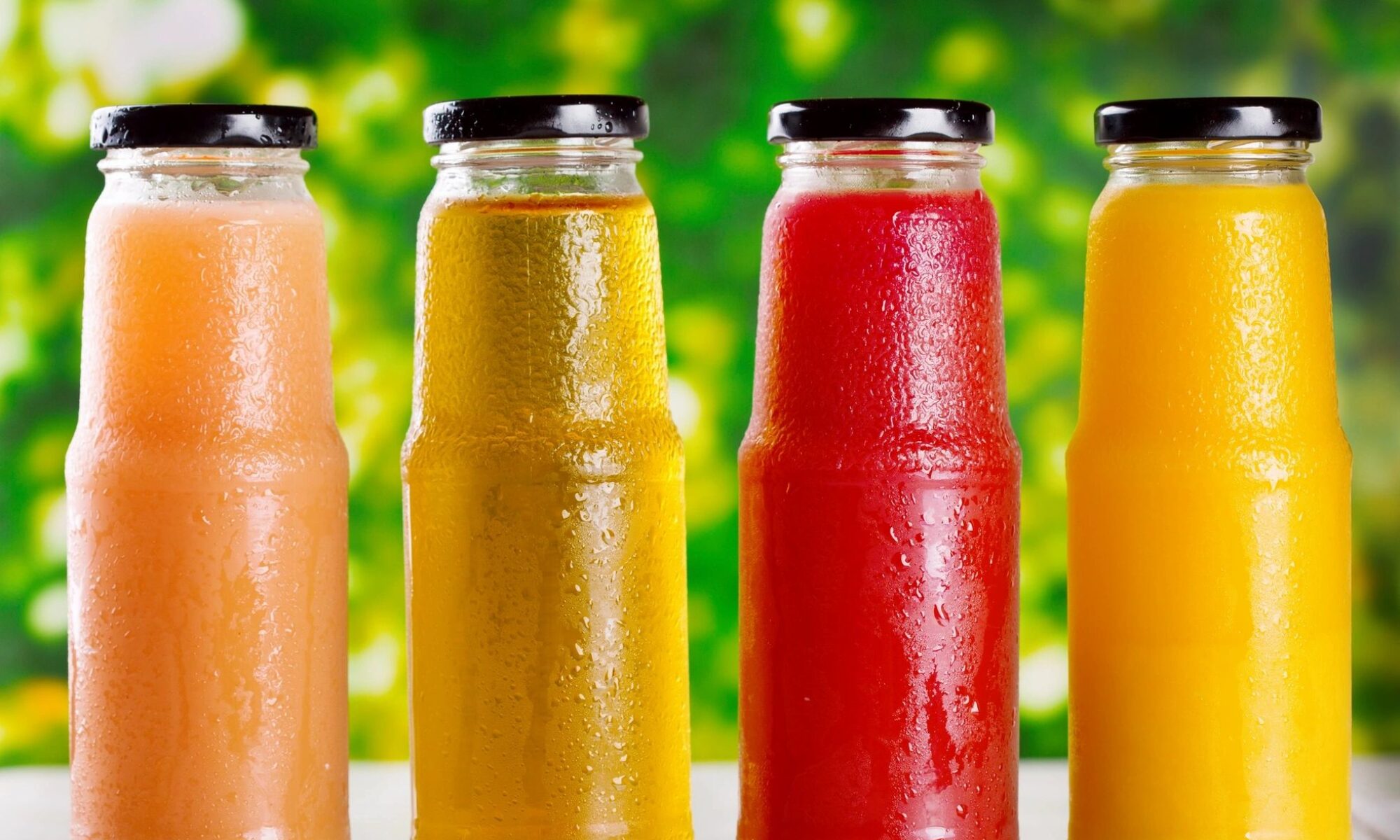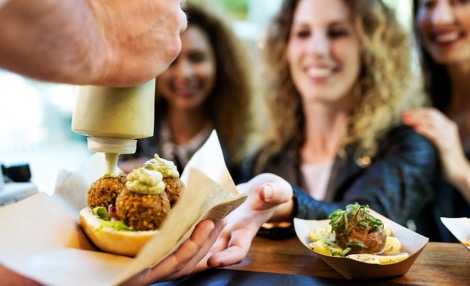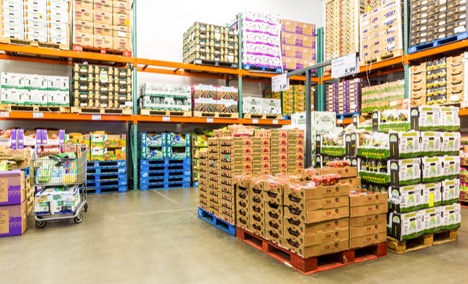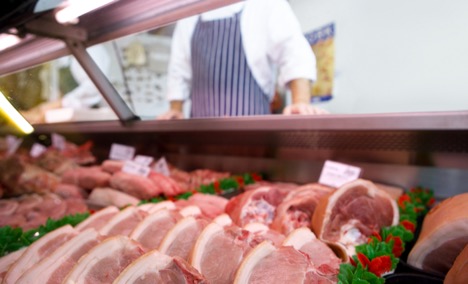
Becoming successful in the food business on your own is anything but easy. Sure, you know your food, which is why you started a food business in the first place. But do you see the market? Are you aware of the expenses of your enterprise? Do you know how to brand yourself and your products successfully?
It might not be the first thing to come to mind when you have a dream to be a successful food entrepreneur, but you’ll be handling more than the food. You also need to know the business side of running your business — and that’s where most food entrepreneurs make costly mistakes. Here are five fatal errors food entrepreneurs make that you should learn from ahead of time:
- They Don’t Brand Effectively
When it comes to branding, many businesses tend to take care of it as they go along. It might work out modestly or could have disastrous results — and neither of those things is what entrepreneurs want. Packaging and labeling a product calls for more than ensuring that the product is wrapped or boxed and customers know what it is.
Presentation counts, and that’s becoming increasingly more important as brands are fighting for attention at every step. Think back to the last time you tried a new food product. What influenced your decision to pick it up? One of the first things you’re likely to say is that it caught your eye sitting on the shelf. Or, you saw an ad for it, and it seemed like something you might like.
Either way, the product’s branding did a lot of the heavy lifting in getting your attention. However, that doesn’t mean it’s best to go for beautiful, creative packaging and forgo practicality to ensure it stands out. You also need to ensure that your product packaging and labeling follows the FDA regulations, which are often pretty strict. There are other things to keep in mind, such as the size of the packaging and ease of stocking.
- They Don’t Do In-Depth Market Research
Market research is essential for success in any industry, and it’s also true for the food business. Researching the food market in advance can tell you whether your idea is feasible with a high chance of accuracy. Entrepreneurs who have a product in mind first need to research whether similar products exist and how the competition does it, as well as to get to know their target consumers for the product in question.
Researching the target consumer will help you get a clear picture of how you could improve your existing product or idea, tailoring it more to the market. And knowing the market itself by researching things like suggested retail price and what category your product would fall into will protect you from unnecessary financial expenses that could jeopardize the success of your whole business.
- They Have Unnecessary Financial Expenses
Not enough research easily leads into the mistake of having unnecessary and unexpected expenses that could either have been planned for or avoided altogether. It might be the leading cause of businesses failing — the costs are too high. Their plans didn’t account for all the details that could make a bad financial outcome, and before long there’s no cash left to invest back into the business.
Getting a product on the consumer’s table has plenty of “hidden” expenses, known collectively as Cost of Goods Sold. These include the costs of ingredients, production time, packaging, distribution, and marketing. Most entrepreneurs will have an estimate of how much the production would cost, but there are other things to keep in mind. You need a contingency plan, as many things can go offside. There will be bad batches, broken merchandise, costs of renting a kitchen, and other unexpected costs. You need to understand what your profit margins and breakevens are, to plan your enterprise so that it ends up being profitable.
- They Fail to Develop Their Product
When creating a recipe for your consumption, anything you develop works. However, the situation changes when you want to release a product on the market. There are FDA regulations to meet for ingredients with different certificates. You have to plan, and budget but many entrepreneurs don’t work on developing the process ahead of time. Your company might start as a whole small-scale enterprise, but the lack of planning and product development may leave you unable to scale up effectively. For example, the ingredients you opted for might cost too much for more massive production.
To avoid finding yourself in this situation, you’ll need to have a pretty good idea of where your product development process will lead you. What’s more, you should evaluate whether you have the resources to handle its growth and the inevitable changes in your plans.
- They Try to Do Everything Alone
Entrepreneurs often start on their own, with maybe one or two close associates. Even though many are aware from the start that it would be a lot of work, it’s not often clear that there’s more to a successful food business than having a product that tastes great. Entrepreneurs have to learn a lot and deal with many different processes as they develop their product and get it on the shelves.
Their job is not only to make their food product, but also to market it, distribute and sell it. At some point, there comes the time to outsource some of these processes. For example, it’s usually hiring contractors to help distribute the product, which in turn lowers the profits.
Food entrepreneurs have to be aware of the fact that they can’t do everything on their own — at least not for a prolonged period. That’s why it’s a good idea to research contractors to outsource some of the work even before you’re able to afford it. Don’t try to do everything alone, but don’t hire help before your business makes enough profit to allow for it.
Key Takeaways
There are many things to keep in mind when starting a food business. To prevent costly mistakes, make sure you research all of the processes you’ll need to go through beforehand. These include product development, branding, and packaging, as well as market research. Stay on top of industry insights to be aware of the up and coming trends you can capitalize. And, above all else, don’t try to do everything alone!









